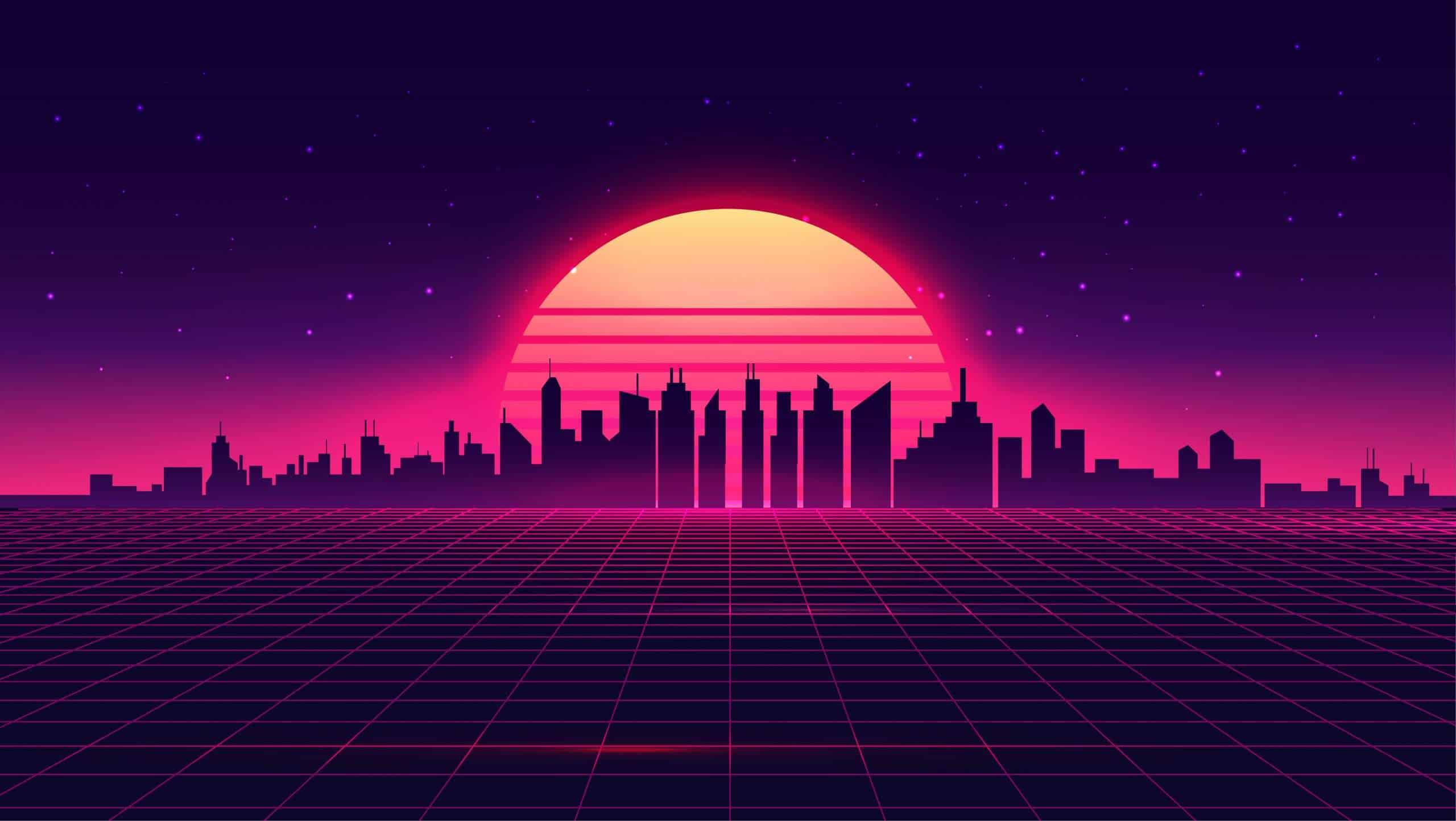Wah Wah pedals are definitely one of the most popular electric guitar effect: nearly every player know how they sound, what is a wah pedal and can mention lots of songs with them.
But what about the Auto-Wah?
When it comes to this far less know stompbox the chances that you’ve already heard about it drops, but this automatic version of the Wah is widely used in funk but also in some rock songs, for example “Going Mobile” (The Who) and also “Misterious Ways” by U2.
But, how does it actually work? and why is it different from the common wah?
HOW DOES IT WORK
These are a type of filter that triggers when you play your guitar, and it works by analyzing the strength of your playing and then switching automatically between a high-pass and low-pass filter, so it cleans and adds more distortion respectively.
This filter can be a low-pass, band-pass, or high-pass and is based on the input signal’s amplitude,and are designed for guitar, bass guitar or other string instruments, such as clavinet, or also electric piano.
In a nutshell, the amount of filtering depends on how you pick a string or play a note, and a stronger note will usually trigger a more evident wah-sound: so, if you’re wondering how is it different from a normal wah pedal, then the answer is simply that they’re the same thing, but an auto-wah allows you to control a lot more things (automatically), while with the other your filtering is heavily limited by the not-so-fast speed of using your foot in order to activate it.
WHAT’S THE DIFFERENCE BETWEEN AUTO-WAH AND ENVELOPE FILTER?
Despite it may sound confusing, they’re actually the same exact thing: in fact, you can also find it with other names, such as Q-wah, T-wah, “Envelope Follower” or also “Envelope Following filter”.
WHERE TO PLACE THEM IN THE SIGNAL CHAIN?
Where should you place your auto-wah in the pedalboard?
As a filter pedal, it’s better to put it at the start (just like a regular wah pedal, after all), but in case of technical/utility pedals (tuners, compressors and similar) then it’s better to put the envelope filter after those.
It’s also better to place them before modulations (phasers, flangers, tremolo or vibratos) and time-based effects (delays and echoes), as you’ll have far more control about the sound.
Another common question is whether you should place the auto-wah before or after distortion, overdrives and fuzz, and the answer here actually depends on how you like your sound.
It won’t cause problems of feedback or other issues, but you have to consider more control on the EQ if placed before the distortions, and a fatter and more consistent sound if placed after.

